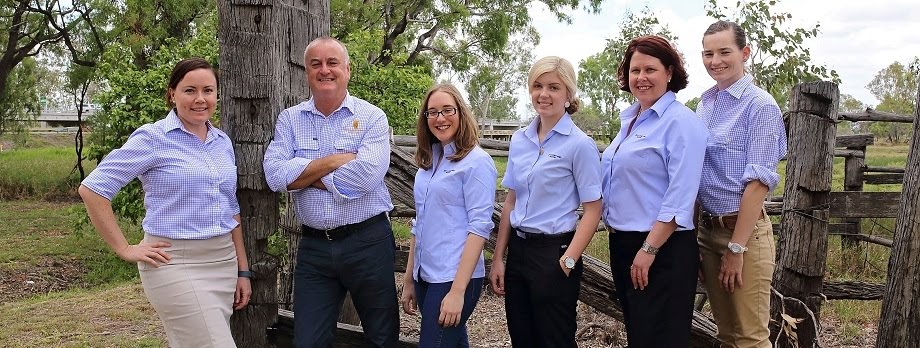 |
| ADF Troops - Photo by ABC |
The expansion of the ADF Shoalwater Bay Training Facilities and the Townsville/Charters Towers Facilities are a political football at the moment. For families caught in the crossfire, there were ADF visits in Charters Towers, Marlborough, Rockhampton and Stanage Bay this week. The hastily organised meetings were not advertised widely until only days before the ADF attended these meetings.
Where is the Master Plan?
The eagerly awaited Master Plan was not released to those directly affected. The timelines for the Business Case have not changed and neither has frankly anything changed from the meetings held late last year.
It seems the Master Plan is a difficult beast for the ADF to deal with as the recent announcement of “no forced sales”, the ADF has had to change their plans for the area. The ADF now needs to do some re-design and rethink their project as the willing sellers make themselves known.
The Master Plan is not likely to be released publically at all now to the disappointment of those affected by the announcements. There are only a few days left for people to make submissions to the socio-economic impact report. However, one wonders how a proper submission can be made to the report now, without the details of the Master Plan being released.
"Willing Sellers"
“Willing Sellers” are able to sell their land through two means with the ADF.
Advice needs to be sought regarding which option is best for those Sellers. The first way to sell to the ADF is “on the market”. This means that you approach the ADF and advise that you are interested in entering into negotiations to sell your land. If the negotiations fail, then obviously the Sellers don’t sell. If an Agreement can be reached by the parties then a contract is signed. These negotiated agreements can include anything (eg, leaseback arrangements, disturbance costs, professional costs and most importantly the timing for payments).
Once the Business Case is completed in June/July (more like August) then the ADF will announce their Land Acquisition Strategy. There will then be a gazetting process and some declarations. After these gazettes are issued, the second means of “selling” activates. That is that Sellers can still sell their land by agreement with the ADF, but the process will be in the hands of the Department of Finance and some timeframes and other options will change.
Your Land is Safe For Now
After the visits this week, we can say that the announcement of “no forced sales” has not changed. There will be still no “compulsory acquisitions” once those gazettes start. However; with neighbouring properties being sold, and the ADF plans still being formalised, the decision on whether or not to sell is something that people should consider carefully. Landowners may be concerned about such matters as neighbouring ADF boundaries, feeling “squeezed”, possible changes to road arrangements. Once the decision to sell has been made, the two means to sell the Land above also need careful thought.
Melanie Findlay is a rural agribusiness specialist who has negotiated many compensation/resumption matters with government departments, mining and gas companies.
Contact rural agribusiness specialist, Melanie Findlay on (07) 4927 6333 or at enquire@reesjones.com.au











